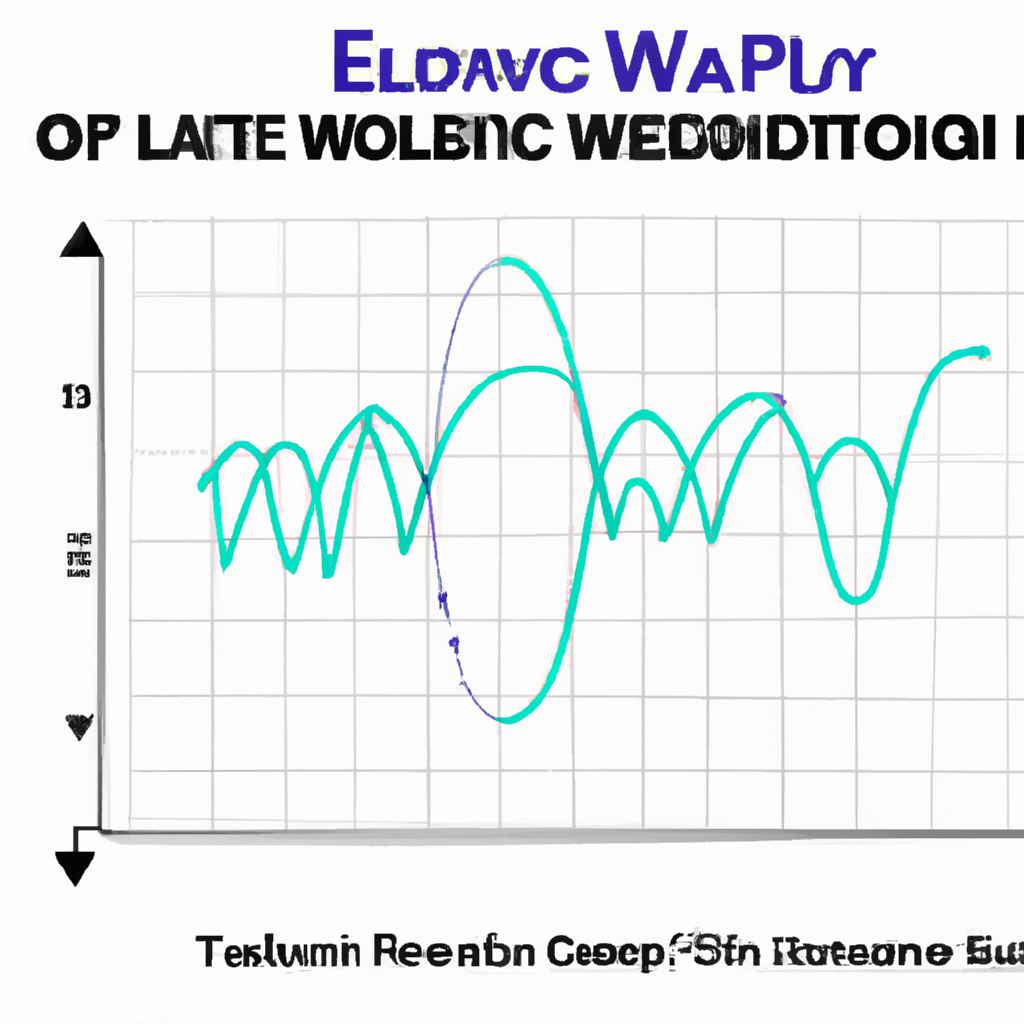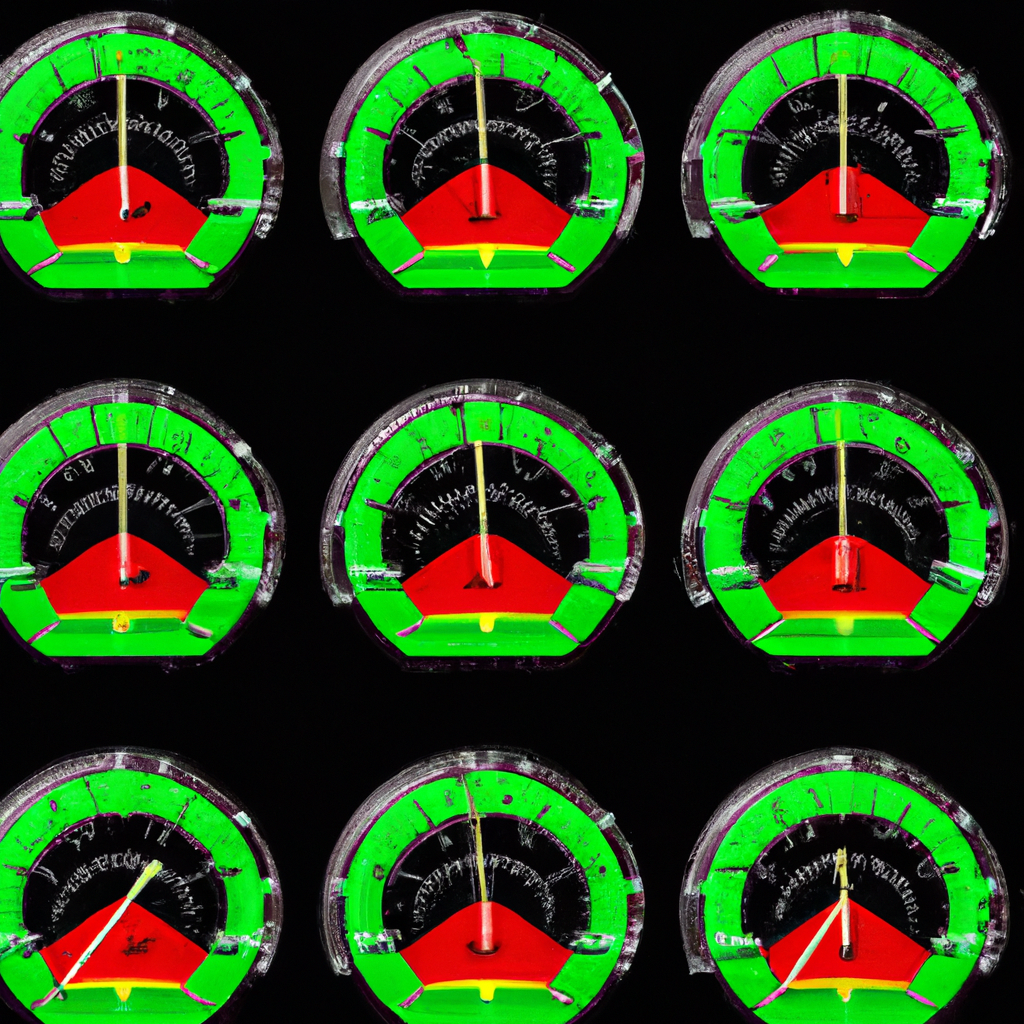Introduction to Elliott Wave Theory
Elliott Wave Theory is a popular technical analysis tool used by traders and investors to forecast market trends and identify potential trading opportunities. Developed by Ralph Nelson Elliott in the 1930s, this theory is based on the idea that market prices move in repetitive patterns, which can be analyzed and predicted.
Understanding the Basics of Elliott Wave Theory
1. Wave Principle
The foundation of Elliott Wave Theory is the Wave Principle, which states that market price movements are composed of a series of waves. These waves can be classified into two main categories: impulse waves and corrective waves.
2. Impulse Waves
Impulse waves are the larger, trending waves that move in the direction of the overall market trend. They are labeled with numbers (1, 2, 3, 4, 5) and are subdivided into smaller waves.
3. Corrective Waves
Corrective waves are the smaller, countertrend waves that occur within the larger impulse waves. They are labeled with letters (A, B, C) and are subdivided into smaller waves as well.
4. Fibonacci Ratios
Elliott Wave Theory also incorporates Fibonacci ratios to determine the potential price targets and retracement levels of waves. These ratios, such as 0.618 and 1.618, are derived from the Fibonacci sequence and are believed to be significant levels of support and resistance in the market.
Applying Elliott Wave Theory in Trading
1. Wave Counting
The first step in applying Elliott Wave Theory is to identify and count the waves on a price chart. Traders look for the characteristic patterns and relationships between waves to determine the current wave count and predict future price movements.
2. Trend Identification
Once the wave count is established, traders can identify the overall trend of the market. Impulse waves indicate the direction of the trend, while corrective waves represent temporary countertrend movements.
3. Price Targets and Retracement Levels
By using Fibonacci ratios, traders can estimate potential price targets for the completion of a wave. They can also identify retracement levels where the price is likely to pull back before continuing in the direction of the trend.
4. Confirmation with Other Indicators
Elliott Wave Theory is often used in conjunction with other technical indicators and tools to confirm trading signals. Traders may look for additional evidence, such as support and resistance levels, trendlines, or momentum indicators, to increase the probability of a successful trade.
Limitations and Challenges
While Elliott Wave Theory can be a valuable tool in analyzing market trends, it is not without its limitations and challenges. Some of the common difficulties traders face include:
1. Subjectivity
Wave counting and pattern recognition are subjective processes, and different traders may interpret the waves differently. This subjectivity can lead to varying predictions and outcomes.
2. Complexity
Elliott Wave Theory can be complex and requires a deep understanding of wave patterns and Fibonacci ratios. It takes time and practice to become proficient in applying this theory effectively.
3. False Signals
Like any technical analysis tool, Elliott Wave Theory is not foolproof and can generate false signals. Traders need to exercise caution and use additional confirmation before making trading decisions.
Conclusion
Elliott Wave Theory is a powerful tool for traders and investors to analyze market trends and forecast future price movements. By understanding the basics of wave patterns, Fibonacci ratios, and applying the theory in conjunction with other indicators, traders can gain valuable insights into the market and make more informed trading decisions. However, it is important to recognize the limitations and challenges associated with this theory and use it as part of a comprehensive trading strategy.



